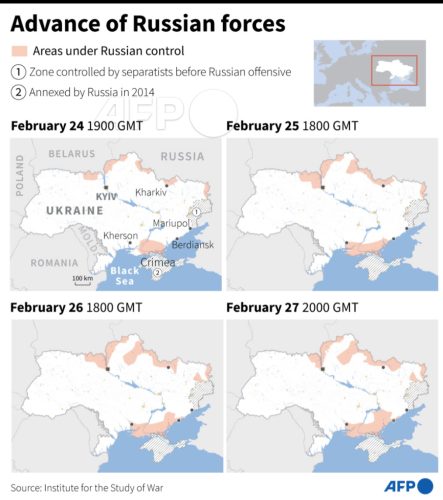There is considerable talk in the media right now about Russia and Ukraine. Russia has moved troops close to the Ukrainian border. The Biden regime, which has no interest in the US southern border, has expressed alarming determination to stop a Russian invasion of Ukraine. Why are they so interested in a corrupt country that has no strategic importance to us ? Certainly the Biden family has profited from Ukraine. Hunter Biden, who seems to be the family bagman, was paid $50,000 a month by the Ukraine Burisma gas company.
It was in April 2014 that Hunter became a board member for Burisma with at least $50,000 per month compensation, and $83,000 by some accounts.
The board appointment for someone who had no experience in the energy industry or in Ukraine came just months after Hunter was discharged from the U.S. Navy Reserves after testing positive for cocaine.
Burisma’s board chairman, Alan Apter, said, “This is totally based on merit.” Apter added: “The company’s strategy is aimed at the strongest concentration of professional staff and the introduction of best corporate practices, and we’re delighted that Mr. Biden is joining us to help us achieve these goals.”
Recently, the president of Ukraine, in a phone call from Biden, is alleged to have told Biden to “calm down.” The transcript of the call has not been released.
Why the threats, including moving 8500 US troops to eastern Europe ? Back in the 1990s, there was a movie called “Wag the Dog.” The plot was “Shortly before an election, a spin-doctor and a Hollywood producer join efforts to fabricate a war in order to cover up a Presidential sex scandal.” Is that what is going on now ?
Read more

